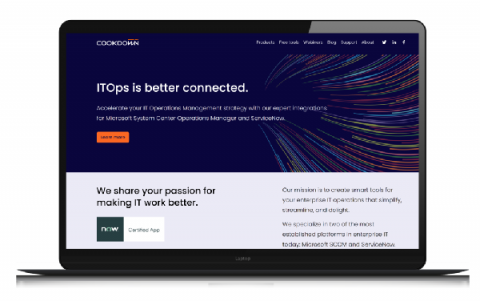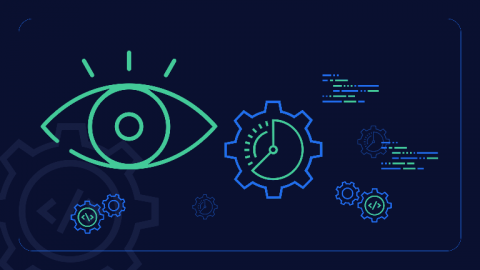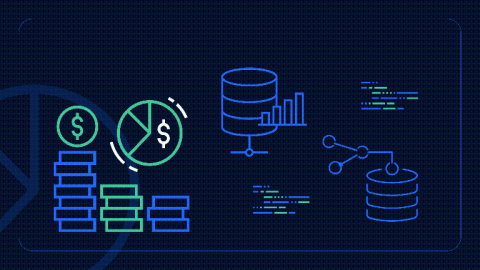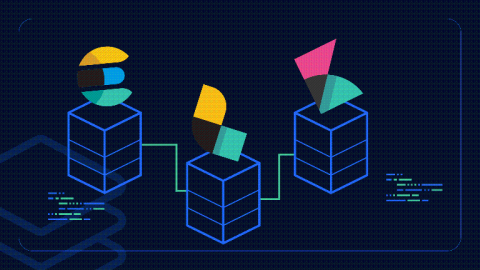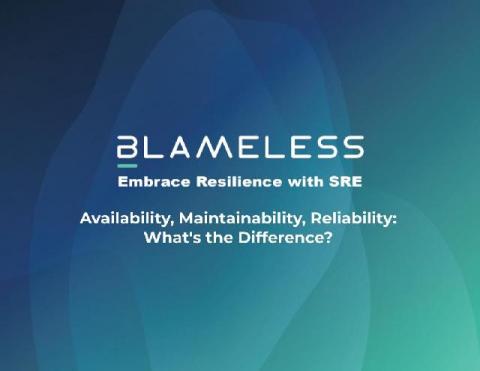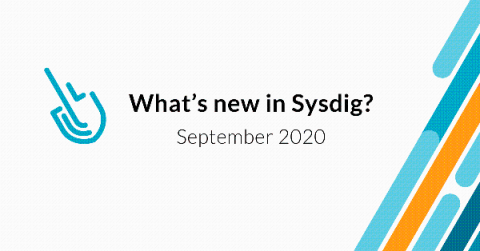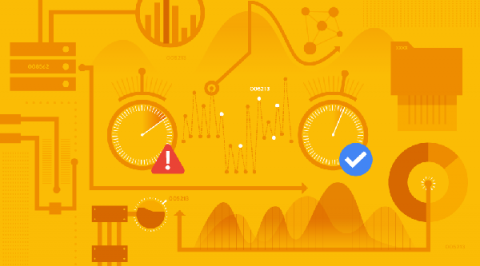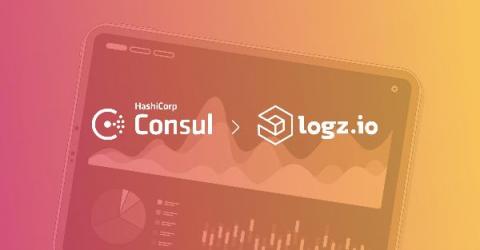We've grown up a little, got a bit smarter & we're looking sharp!
We’re well over a year old now, the team has doubled in size and things are going just swell here at Team_Cookdown. Since we launched, we’ve expanded our product range to include some awesome new solutions like Alert Sync and Discovery and added loads of new features to our existing SCOM toolkit; to bring you expertly crafted integrations solutions for two of the most established platforms in IT enterprise, SCOM and ServiceNow.


